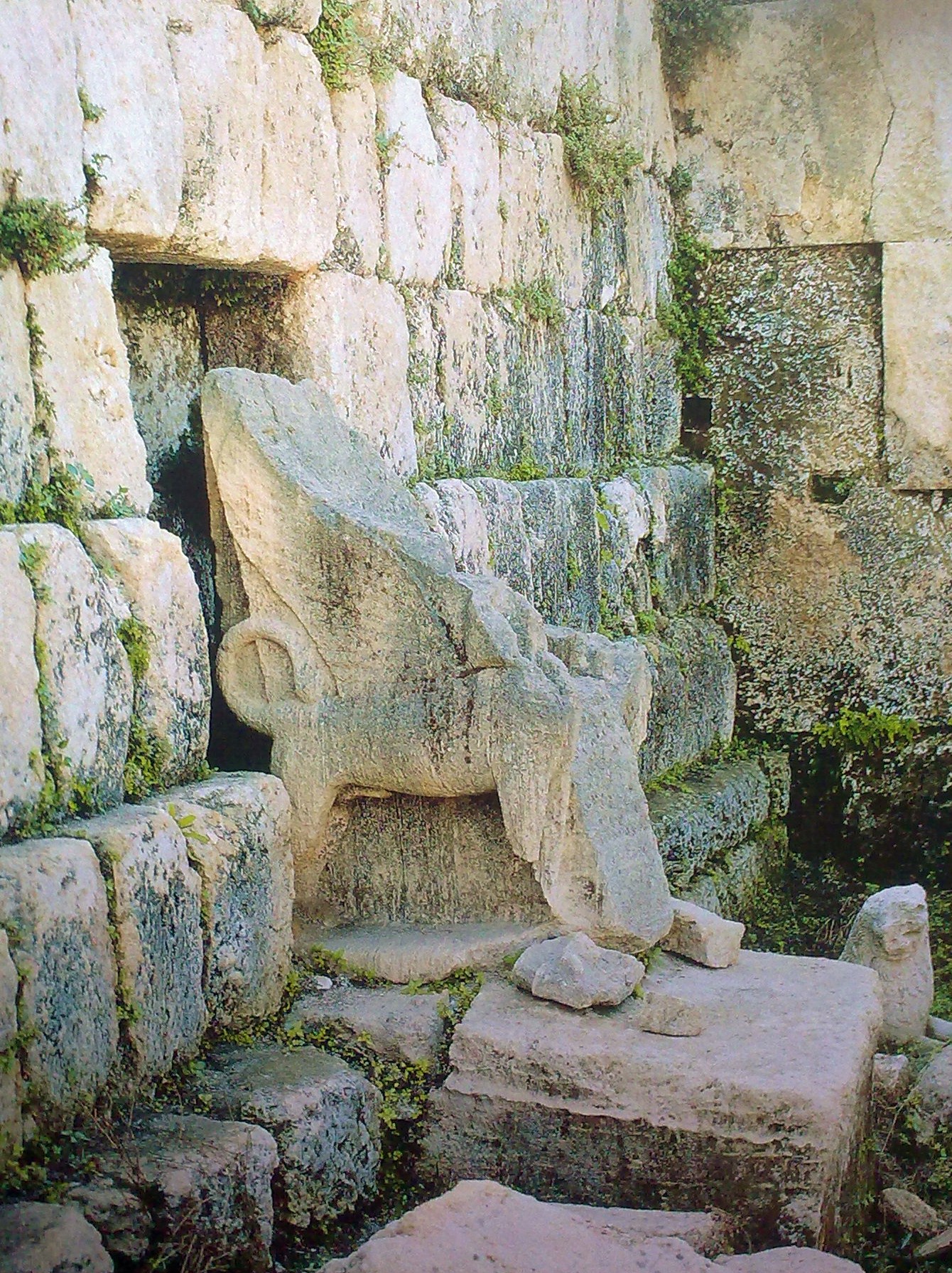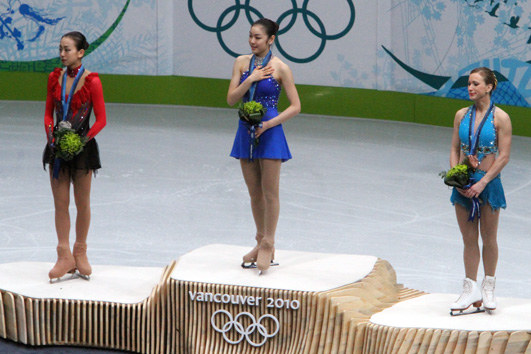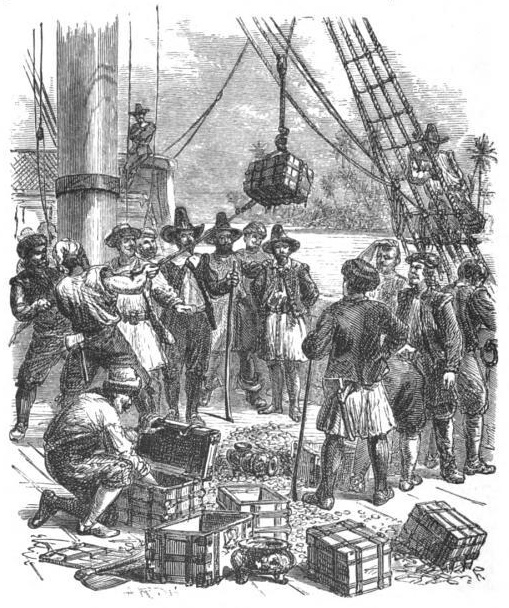|
Eshmun Temple
The Temple of Eshmun ( ar, معبد أشمون) is an ancient place of worship dedicated to Eshmun, the Phoenician god of healing. It is located near the Awali river, northeast of Sidon in southwestern Lebanon. The site was occupied from the 7th century BC to the 8th century AD, suggesting an integrated relationship with the nearby city of Sidon. Although originally constructed by Sidonian king Eshmunazar II in the Achaemenid era ( 529–333 BC) to celebrate the city's recovered wealth and stature, the temple complex was greatly expanded by Bodashtart, Yatan-milk and later monarchs. Because the continued expansion spanned many centuries of alternating independence and foreign hegemony, the sanctuary features a wealth of different architectural and decorative styles and influences. The sanctuary consists of an esplanade and a grand court limited by a huge limestone terrace wall that supports a monumental podium which was once topped by Eshmun's Greco-Persian style marble t ... [...More Info...] [...Related Items...] OR: [Wikipedia] [Google] [Baidu] |
Eshmunazar II
Eshmunazar II ( Phoenician: 𐤀𐤔𐤌𐤍𐤏𐤆𐤓 ', a theophoric name meaning 'Eshmun helps') was the Phoenician King of Sidon (). He was the grandson of king Eshmunazar I, and a vassal king of the Achaemenid Empire. He reigned after his father Tabnit I on the throne of Sidon. He died at the premature age of 14, and was succeeded by his cousin Bodashtart. The king is known from his sarcophagus, decorated with two inscriptions in the Phoenician script. It is housed in the Louvre Museum. Etymology Eshmunazar is the Latinized form of the Phoenician theophoric name , meaning "Eshmun helps". Variable spellings include: ʾEšmunʿazor, ʾšmnʿzr, Achmounazar, Ashmounazar, Ashmunazar, Ashmunezer, Echmounazar, Echmounazor, Eschmoun-ʿEzer, Eschmunazar, Eshmnʿzr, Eshmunazor, Esmounazar, Esmunasar, Esmunazar, Ešmunʿazor, Ešmunazar, Ešmunazor. Chronology The absolute chronology of the Kings of Sidon from the dynasty of Eshmunazar I has been much discussed in the liter ... [...More Info...] [...Related Items...] OR: [Wikipedia] [Google] [Baidu] |
Throne Of Astarte
The Thrones of Astarte are approximately a dozen ex-voto "cherubim" thrones found in ancient Phoenician temples in Lebanon, in particular in areas around Sidon, Tyre and Umm al-Amad. Many of the thrones have a similar style, with cherubim heads on winged lion bodies on either side.Davila and Zuckerman (1993), p.77: "Compare the votive throne discovered at Umm el-'Amed (Dunand and Duru 1962: 168 pl. 67). The lower part of the throne is badly damaged, but the heads are preserved. The heads are human, and each bears a head-dress or coiffure that reaches down to the shoulders. They also have stylized beards. On our throne, what remains of the headdresses/coiffures and beards of the cherubs stylistically parallels those of the Umm el-'Amed cherubs. In fact, it seems quite probable that they stem from the same artistic and iconographic milieu. We may further note the cherub thrones depicted on a Late Bronze/ Iron I ivory from Megiddo, the sarcophagus of Ahiram (cf. Pritchard 1969: figs. ... [...More Info...] [...Related Items...] OR: [Wikipedia] [Google] [Baidu] |
Podium
A podium (plural podiums or podia) is a platform used to raise something to a short distance above its surroundings. It derives from the Greek ''πόδι'' (foot). In architecture a building can rest on a large podium. Podiums can also be used to raise people, for instance the conductor of an orchestra stands on a podium as do many public speakers. Common parlance has shown an increasing use of ''podium'' in North American English to describe a lectern. In sports, a type of podium can be used to honor the top three competitors in events. In the modern Olympics a tri-level podium is used. Traditionally, the highest platform is in the center for the gold medalist. To their right is a lower platform for the silver medalist, and to the left of the gold medalist is a lower platform for the bronze medalist. At the 2016 Rio Summer Olympics, the Silver and Bronze podium places were of equal elevation. In many sports, results in the top three of a competition are often referred to as ... [...More Info...] [...Related Items...] OR: [Wikipedia] [Google] [Baidu] |
Lebanese Civil War
The Lebanese Civil War ( ar, الحرب الأهلية اللبنانية, translit=Al-Ḥarb al-Ahliyyah al-Libnāniyyah) was a multifaceted armed conflict that took place from 1975 to 1990. It resulted in an estimated 120,000 fatalities and an exodus of almost one million people from Lebanon. The diversity of the Lebanese population played a notable role in the lead-up to and during the conflict: Sunni Muslims and Christians comprised the majority in the coastal cities; Shia Muslims were primarily based in the south and the Beqaa Valley in the east; and Druze and Christians populated the country's mountainous areas. The Lebanese government had been run under the significant influence of elites within the Maronite Christian community. The link between politics and religion had been reinforced under the French Mandate from 1920 to 1943, and the country's parliamentary structure favoured a leading position for its Christian-majority population. However, the country had a ... [...More Info...] [...Related Items...] OR: [Wikipedia] [Google] [Baidu] |
Maurice Dunand
Maurice Dunand (4 March 1898 – 23 March 1987) was a prominent French archaeologist specializing in the ancient Near East, who served as director of the Mission Archéologique Française in Lebanon. Dunand excavated Byblos from 1924 to 1975, and published a Byblos syllabary in his monograph ''Byblia Grammata'' in 1945. The Neolithic of Lebanon was divided by Dunand into three stages based on the stratified levels of Byblos. From 1963 onwards, Dunand also thoroughly excavated the site of the Temple of Eshmun near Sidon. During the Lebanese Civil War Dunand left Lebanon, taking with him his archives, which he left to the University of Geneva, but which were returned to Lebanon in 2010. [...More Info...] [...Related Items...] OR: [Wikipedia] [Google] [Baidu] |
Treasure Hunting
Treasure hunter is the physical search for treasure. For example, treasure hunters try to find sunken shipwrecks and retrieve artifacts with market value. This industry is generally fueled by the market for antiquities. The practice of treasure-hunting can be controversial, as locations such as sunken wrecks or cultural sites may be protected by national or international law concerned with property ownership, marine salvage Marine salvage is the process of recovering a ship and its cargo after a shipwreck or other maritime casualty. Salvage may encompass towing, re-floating a vessel, or effecting repairs to a ship. Today, protecting the coastal environment from ..., sovereign or state vessels, commercial diving regulations, protection of cultural heritage and trade controls. Treasure hunting can also refer to geocaching a sport in which participants use GPS units to find hidden caches of toys or trinkets, or various other treasure hunt (game), treasure-hunting games. ... [...More Info...] [...Related Items...] OR: [Wikipedia] [Google] [Baidu] |
Polytheism
Polytheism is the belief in multiple deities, which are usually assembled into a pantheon of gods and goddesses, along with their own religious sects and rituals. Polytheism is a type of theism. Within theism, it contrasts with monotheism, the belief in a singular God who is, in most cases, transcendent. In religions that accept polytheism, the different gods and goddesses may be representations of forces of nature or ancestral principles; they can be viewed either as autonomous or as aspects or emanations of a creator deity or transcendental absolute principle (monistic theologies), which manifests immanently in nature (panentheistic and pantheistic theologies). Polytheists do not always worship all the gods equally; they can be henotheists, specializing in the worship of one particular deity, or kathenotheists, worshiping different deities at different times. Polytheism was the typical form of religion before the development and spread of the Abrahamic religions of Ju ... [...More Info...] [...Related Items...] OR: [Wikipedia] [Google] [Baidu] |
Early Christianity
Early Christianity (up to the First Council of Nicaea in 325) spread from the Levant, across the Roman Empire, and beyond. Originally, this progression was closely connected to already established Jewish centers in the Holy Land and the Jewish diaspora. The first followers of Christianity were Jews or proselytes, commonly referred to as Jewish Christians and God-fearers. The Apostolic sees claim to have been founded by one or more of the apostles of Jesus, who are said to have dispersed from Jerusalem sometime after the crucifixion of Jesus, c. 26–36, perhaps following the Great Commission. Early Christians gathered in small private homes, known as house churches, but a city's whole Christian community would also be called a church – the Greek noun ἐκκλησία (''ekklesia'') literally means assembly, gathering, or congregation but is translated as church in most English translations of the New Testament. Many early Christians were merchants and others who had prac ... [...More Info...] [...Related Items...] OR: [Wikipedia] [Google] [Baidu] |
Eshmun Inscription
The Eshmun inscription is a Phoenician inscription on a fragment of grey-blue limestone found at the Temple of Eshmun in 1901.Lagrange, 1902, "4. Muse impérial de Constantinople. Calcaire gris bleu. La pièce est incomplète et difficile à décrire. L'inscription est cassée par devant. L'écriture est normale. Le iod affecte la forme des inscriptions d'Athènes et du Pirée (CIS. 115, 116, 117, 119)" It is also known as RES 297. Some elements of the writing have been said to be similar to the Athenian Greek-Phoenician inscriptions. Today, it is held in the Museum of the Ancient Orient The Museum of the Ancient Orient (Turkish language: ''Eski Şark Eserleri Müzesi'') is a museum in Istanbul, and part of the group of Istanbul Archaeology Museums, located just in front of the main Archaeology Museum building. The building of th ... in Istanbul.Clermont-GanneauDédicace phénicienne à Echmoun provenant de Sidon Receuil d’Archéologie Orientale 5, 1903, 34-35: “On a transp ... [...More Info...] [...Related Items...] OR: [Wikipedia] [Google] [Baidu] |
Bodashtart Inscriptions
The Bodashtart inscriptions are a well-known group of between 22–24 Phoenician inscriptions from the 6th century BC referring to King Bodashtart.Bordreuil, 1990, "L'exemple le plus impressionnant est certainement celui des nombreuses dedicaces de Bodachtart decouvertes dans le temple d'Echmoun pres de Saida et conservees aujourd'hui dans plusieurs musees, auxquelles s'ajoutent trois exemplaires demeures in situ... Le nombre des inscriptions de Bodachtart mises au jour et repertories est a ce jour d'au moins dix-neuf (KAI 15 + 16) dont neuf (KAI 16) mentionnent Yatonmilk patronyme de Bodachtart. Il faut y ajouter RES 767 K in situ et les trois mentionnes par G. Contenau, soit quatre, a moins que RES 767 K ne soit la premiere mentionnee par G. Contenau, ce qui reduirait le supplement a trois. De plus on ne sait si l'estampage de RES 289 C correspond a un exemplaire connu par ailleurs ou s'il est le seul temoignage d'un exemplaire aujourd'hui disparu. A ma connaissance le nombre d'ins ... [...More Info...] [...Related Items...] OR: [Wikipedia] [Google] [Baidu] |
Phoenician Alphabet
The Phoenician alphabet is an alphabet (more specifically, an abjad) known in modern times from the Canaanite and Aramaic inscriptions found across the Mediterranean region. The name comes from the Phoenician civilization. The Phoenician alphabet is also called the Early Linear script (in a Semitic languages, Semitic context, not connected to Minoan writing systems), because it is an early development of the Proto-Sinaitic script, Proto- or Old Canaanite or Proto-Sinaitic Writing system, script, into a Writing system#Graphic classification, linear, purely alphabetic script, also marking the transfer from a multi-directional writing system, where a variety of writing directions occurred, to a regulated horizontal, right-to-left script. Its immediate predecessor, the Proto-Canaanite, Old Canaanite or Proto-Sinaitic script, used in the final stages of the Late Bronze Age, first in either Egypt or Canaan and then in the Syro-Hittite states, Syro-Hittite kingdoms, is the oldest fully ... [...More Info...] [...Related Items...] OR: [Wikipedia] [Google] [Baidu] |
Mater Lectionis
''Matres lectionis'' (from Latin "mothers of reading", singular form: ''mater lectionis'', from he, אֵם קְרִיאָה ) are consonants that are used to indicate a vowel, primarily in the writing down of Semitic languages such as Arabic, Hebrew and Syriac. The letters that do this in Hebrew are ''aleph'' , '' he'' , ''waw'' and '' yod'' , and in Arabic, the ''matres lectionis'' (though they are much less often referred to thus) are ''ʾalif'' , ''wāw'' and ''yāʾ'' . The yod'' and ''waw'' in particular are more often vowels than they are consonants. The original value of the ''matres lectionis'' corresponds closely to what is called in modern linguistics glides or semivowels. Overview Because the scripts used to write some Semitic languages lack vowel letters, unambiguous reading of a text might be difficult. Therefore, to indicate vowels (mostly long), consonant letters are used. For example, in the Hebrew construct-state form ''bēt'', meaning "the house of" ... [...More Info...] [...Related Items...] OR: [Wikipedia] [Google] [Baidu] |


.jpg)





